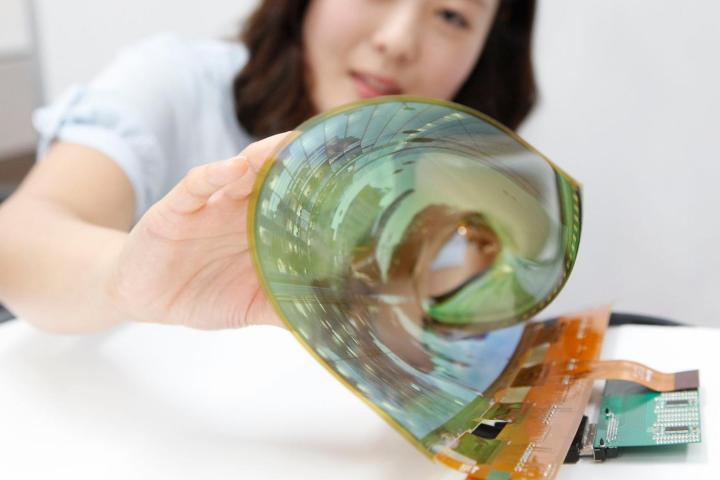
The researchers replaced the traditional indium tin oxide electrodes, located inside the largest OLED panel substrate available, measuring 370mm by 470mm, with graphene electrodes. They’re just five nanometers thick. For comparison, pluck a hair out of your head, and it’ll measure about 80,000 to 90,000 nanometers thick. Combine this incredible small size with flexibility, resistance to damage, and high performance attributes, and the significance becomes clear.
For wearables and clothes to get smarter, we need screens that bend and flex to match our bodies, and that’s where super thin and flexible graphene-enhanced substrates, encased in flexible materials like plastic, come into play. The research team’s next step is to try using a plastic substrate rather than glass, boosting flexibility, and increasing the screen’s toughness even further.
According to the head of the research team at South Korea’s Electronics and Telecommunications Research Institute, which developed the electrodes alongside technology company Hanwha Techwin, its success means manufacturers can push ahead with the commercialization of graphene-based OLED panels.
Graphene has a reputation as a “wonder-material,” and it has found a range of uses in the technology industry, from batteries to filters that can turn saltwater into safe drinking water. Its use in displays has been investigated for several years, and various prototypes have been produced. Earlier this year, the first OLED electrodes made from graphene were created in Germany, at which time it was estimated we’d see the first products that incorporate them arrive in two or three years.



